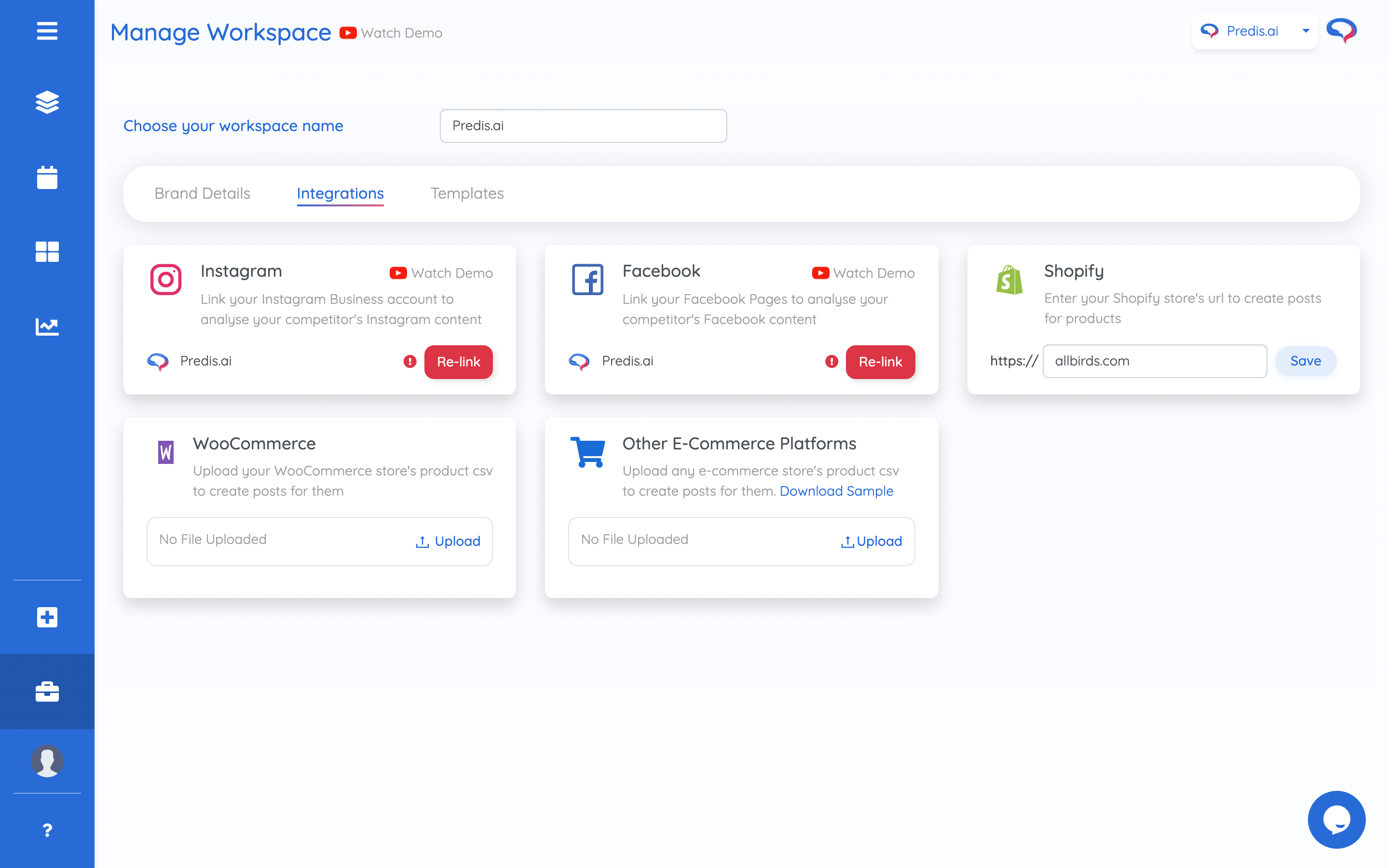Alternatives to Firework AI Video Commerce
1. Octane AI
+Pros
- Specialized quiz-driven personalization
- Shopify-exclusive integration depth
- Zero-party data collection
-Cons
- Platform exclusivity limits to Shopify
- Engagement-based pricing creates cost unpredictability
- Feature breadth constraints compared to Klaviyo and Bloomreach
One highlighted feature and why it's amazing
Leverages conditional logic engines that dynamically adapt quiz flows based on customer responses, enabling sophisticated product recommendations.
Another highlighted feature of why it’s amazing
Creates unified customer profiles by syncing quiz data with email and SMS platforms, enabling dynamic customer segmentation.
2. Predis AI
+Pros
- Verified API-driven automation capabilities
- Direct ecommerce platform integrations
- Automated competitor analysis and hashtag optimization
-Cons
- API rate limits causing HTTP 429 errors
- Mobile editor usability challenges
- Inability to bypass YouTube's 1,000+ subscriber requirement
One highlighted feature and why it's amazing
Automated content generation from text prompts or product feeds, with specialized ecommerce platform integrations supporting Shopify and WooCommerce catalog imports .

Another highlighted feature of why it’s amazing
Generates videos, carousels, and images optimized for multiple social platforms while maintaining brand consistency through customizable templates .
Other Alternatives
Rebuy AI
Shopify YouTube Channel
YouTube Shopping
How We Researched This Guide
About This Guide: This comprehensive analysis is based on extensive competitive intelligence and real-world implementation data from leading AI vendors. StayModern updates this guide quarterly to reflect market developments and vendor performance changes.
306+ verified sources per analysis including official documentation, customer reviews, analyst reports, and industry publications.
- • Vendor documentation & whitepapers
- • Customer testimonials & case studies
- • Third-party analyst assessments
- • Industry benchmarking reports
Standardized assessment framework across 8 key dimensions for objective comparison.
- • Technology capabilities & architecture
- • Market position & customer evidence
- • Implementation experience & support
- • Pricing value & competitive position
Research is refreshed every 90 days to capture market changes and new vendor capabilities.
- • New product releases & features
- • Market positioning changes
- • Customer feedback integration
- • Competitive landscape shifts
Every claim is source-linked with direct citations to original materials for verification.
- • Clickable citation links
- • Original source attribution
- • Date stamps for currency
- • Quality score validation
Analysis follows systematic research protocols with consistent evaluation frameworks.
- • Standardized assessment criteria
- • Multi-source verification process
- • Consistent evaluation methodology
- • Quality assurance protocols
Buyer-focused analysis with transparent methodology and factual accuracy commitment.
- • Objective comparative analysis
- • Transparent research methodology
- • Factual accuracy commitment
- • Continuous quality improvement
Quality Commitment: If you find any inaccuracies in our analysis on this page, please contact us at research@staymodern.ai. We're committed to maintaining the highest standards of research integrity and will investigate and correct any issues promptly.